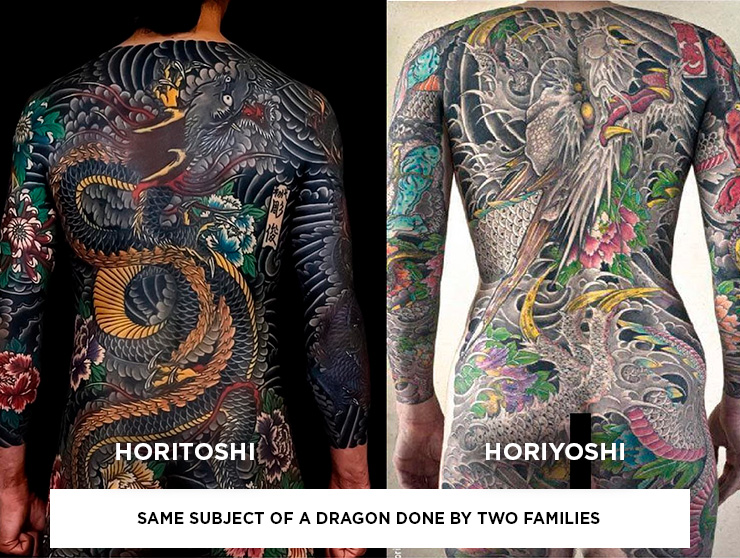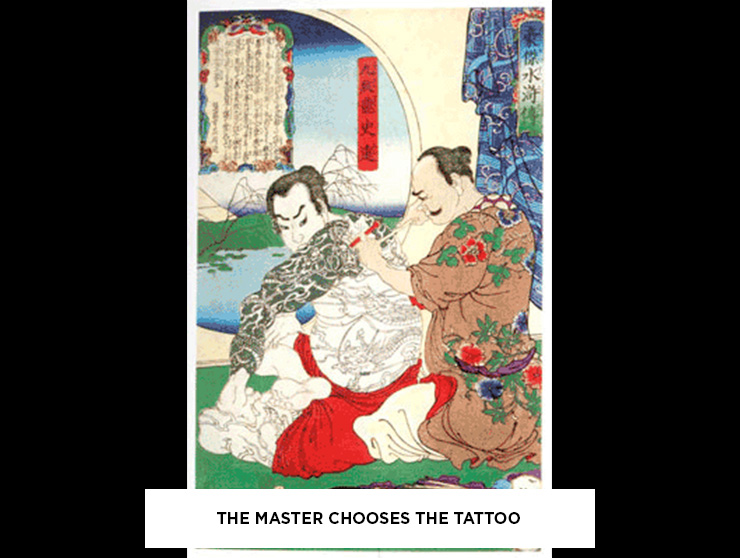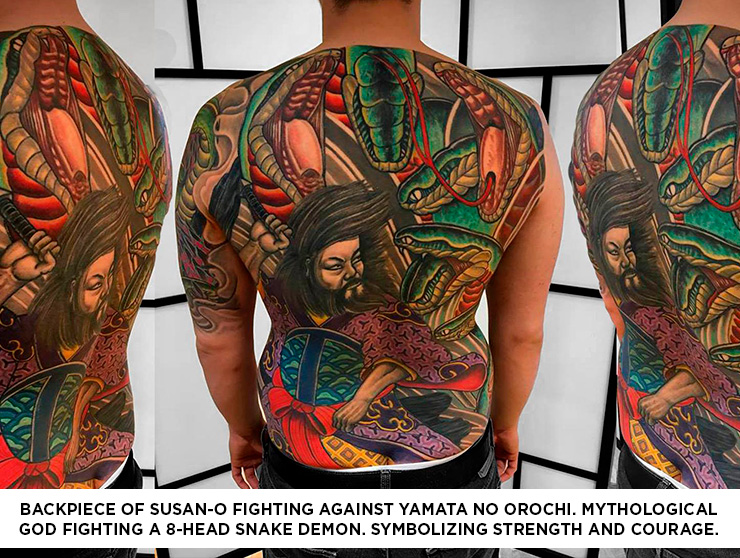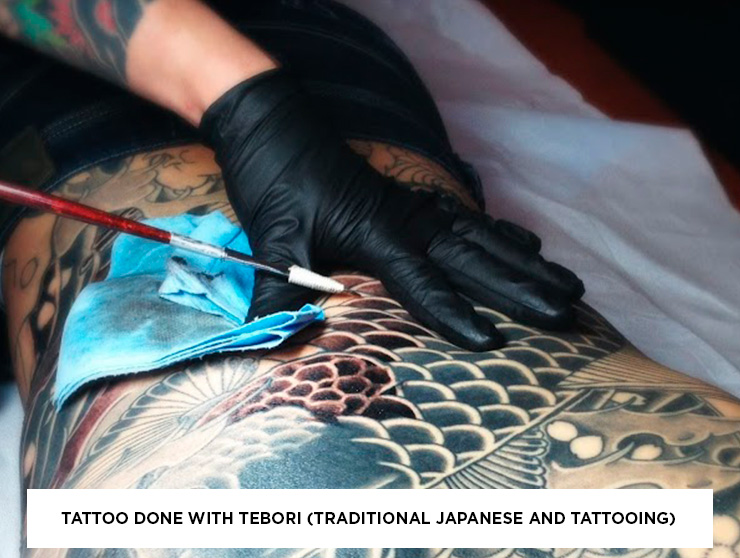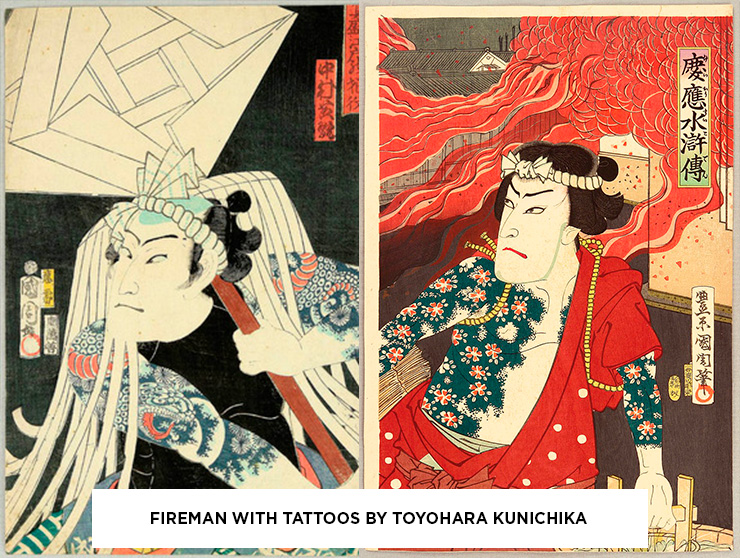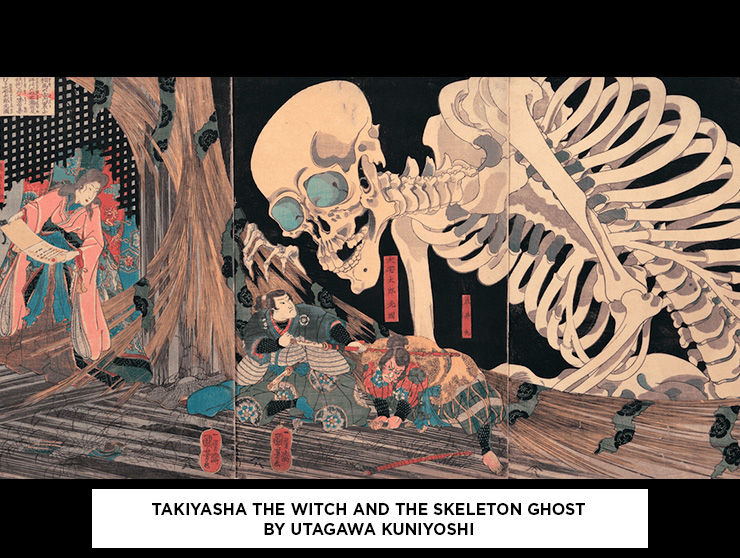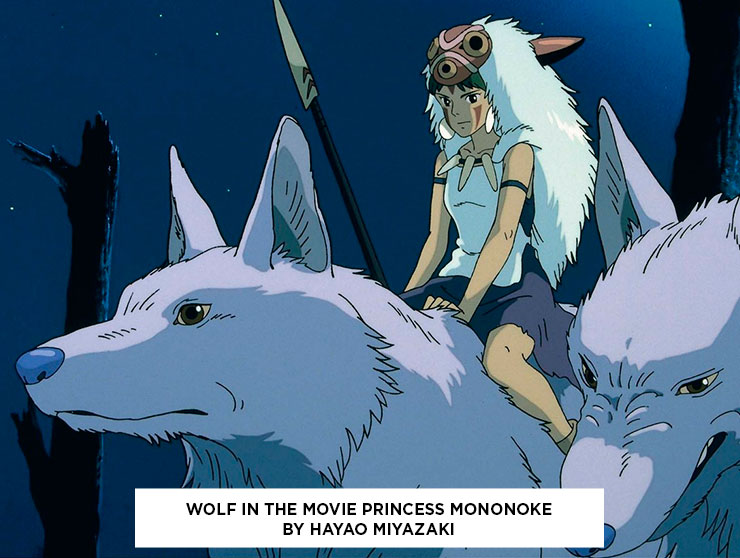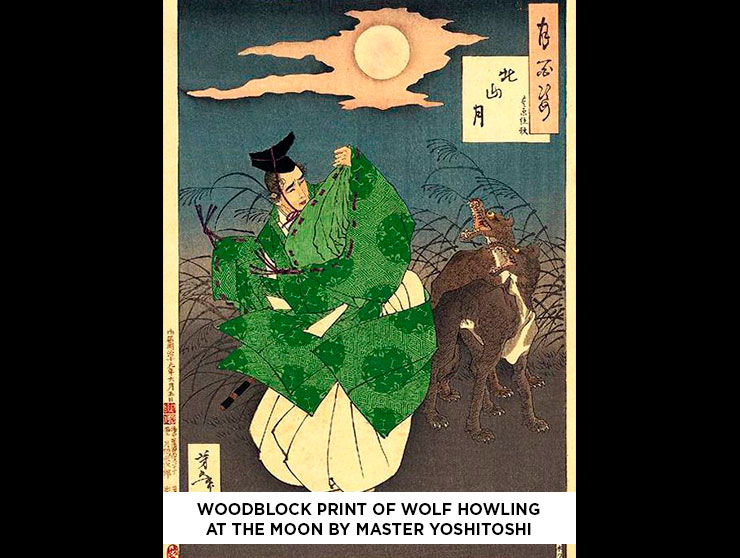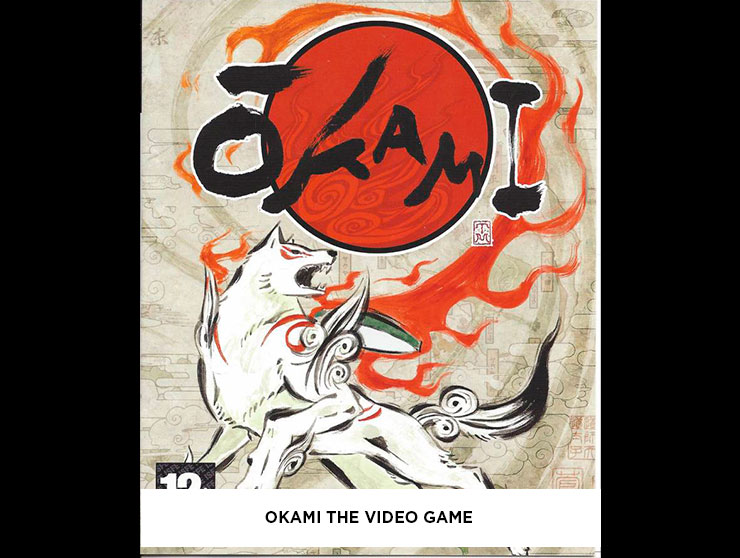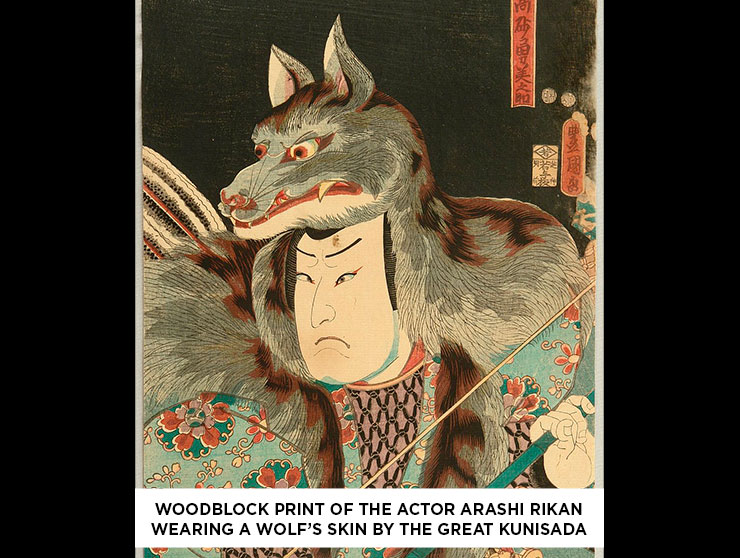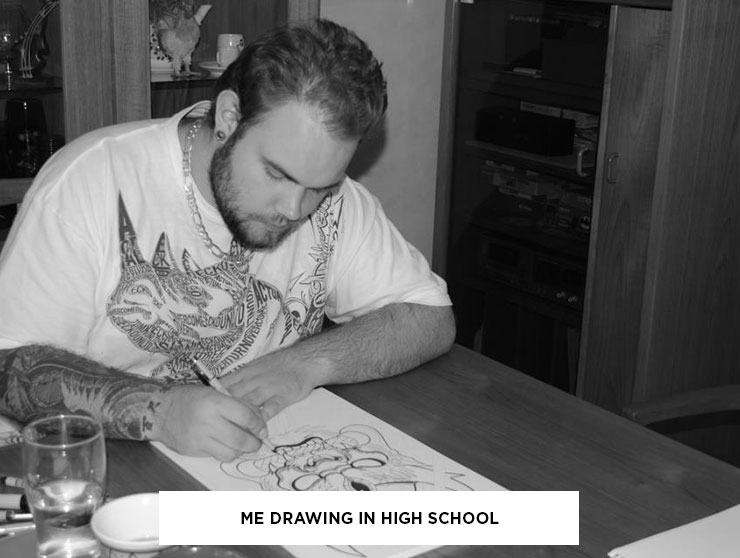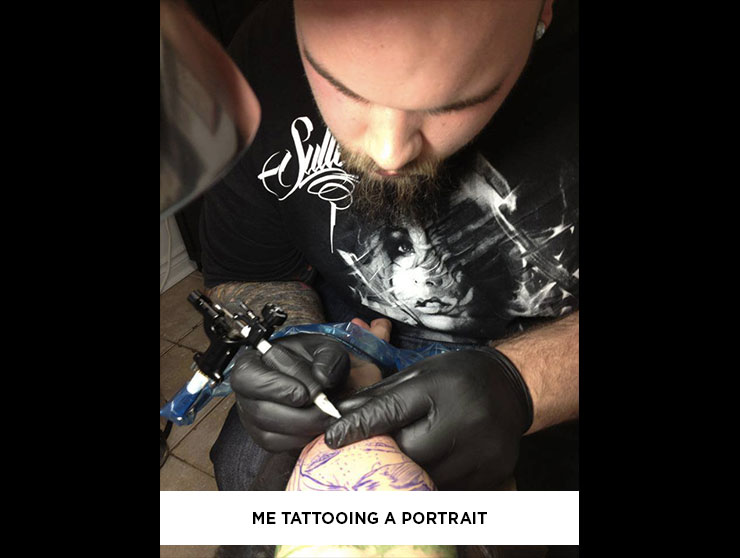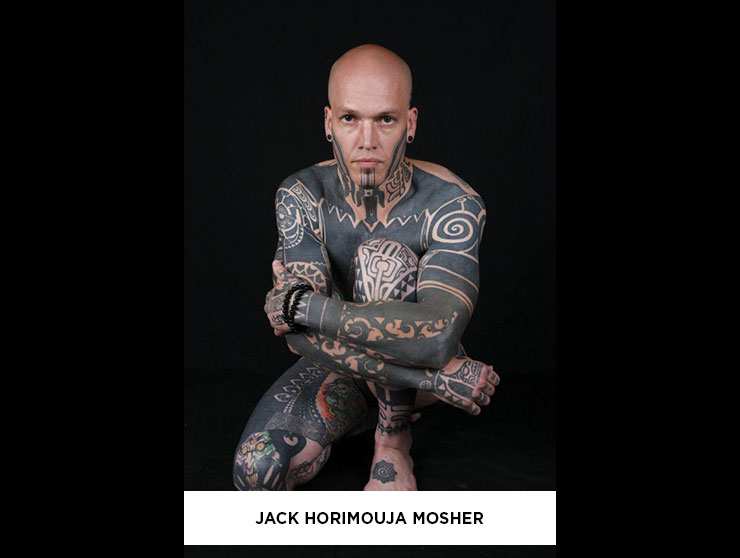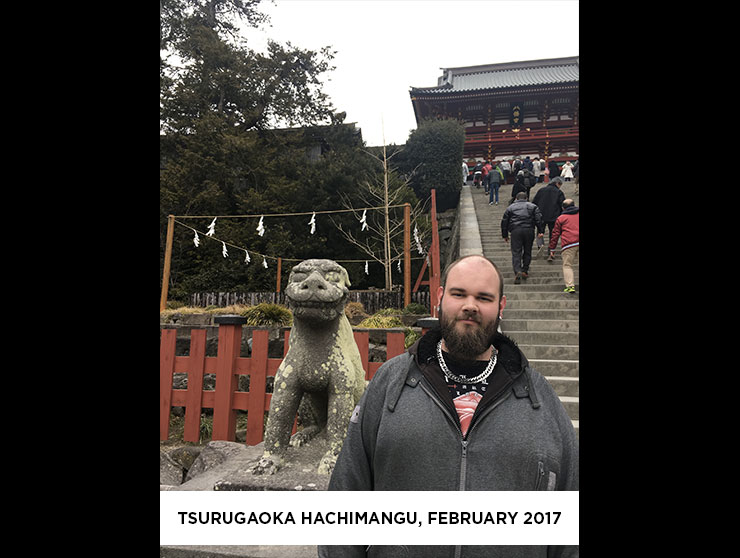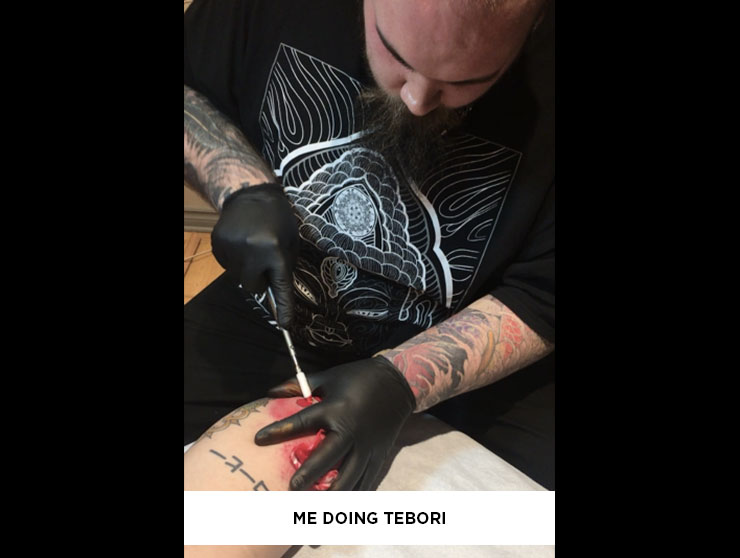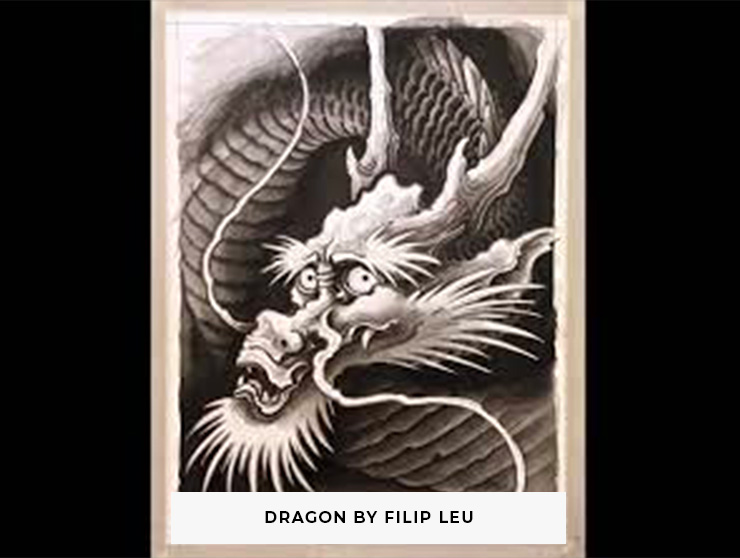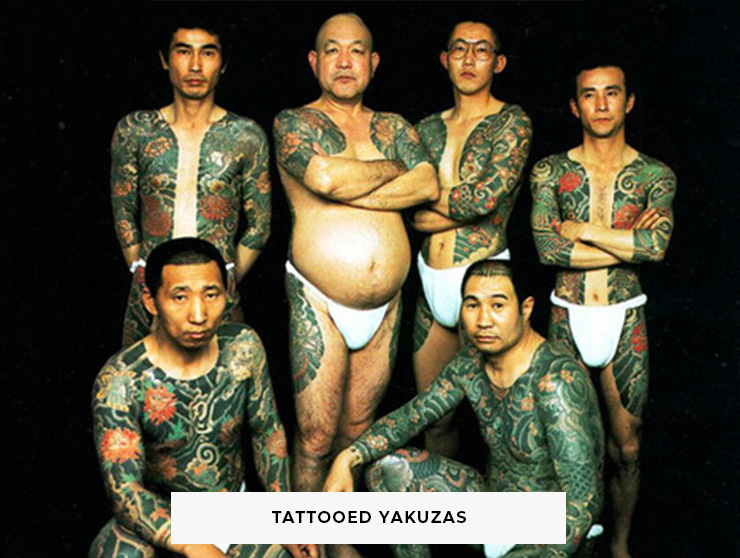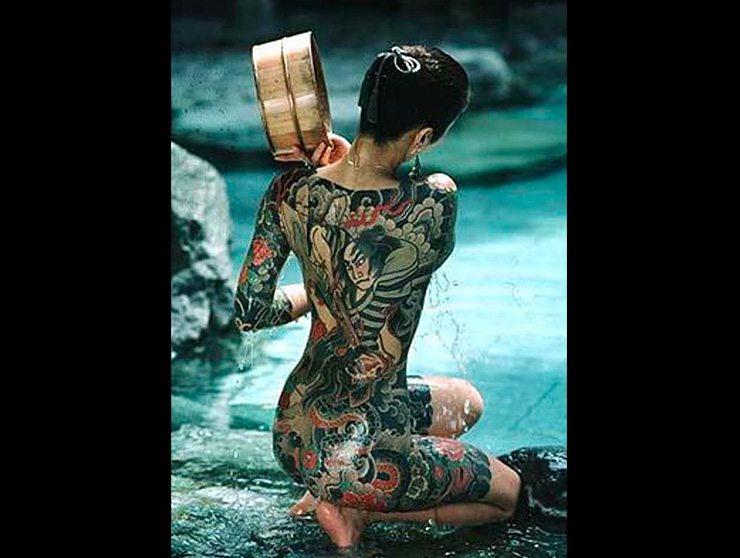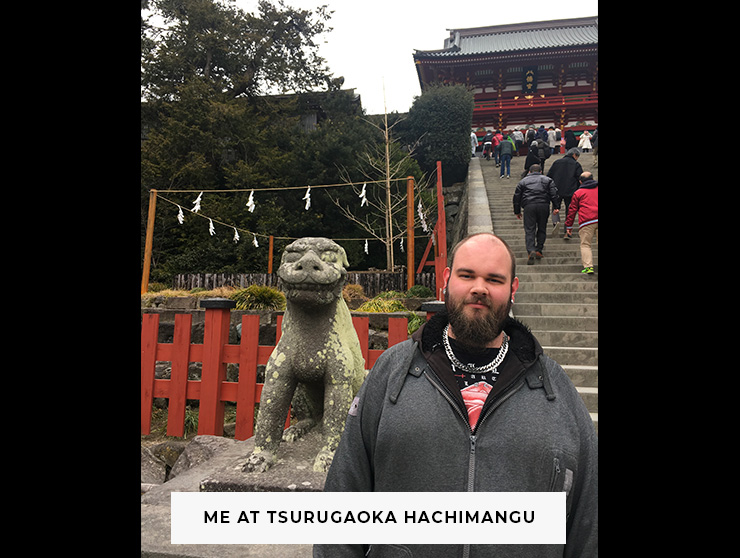How to choose your Japanese tattoo
How to choose your Japanese tattoo
Traditionally, in Japan, tattoos are classified by families or clans. Each family of tattoo artists has a certain style that is defined by the family’s traditions. Everything from the choice of the design, the association of themes, the color pallets to the execution of the design, all is thought from a master to his apprentice. It’s therefore possible to recognize a family by their tattoos.
How do Japanese people choose their tattoos?
There are two ways:
– If the individual is part of a group (like a Yakuza), the members of the group will guide them to the tattooist(s) of the clan. After meeting the tattoo master, it is he who will decide on the design that fits the individual by taking into account his personality, his ambitions, his position in the clan and his tastes. Rarely the client will have something to say about the design. He trusts his clan and the tattoo master; therefore, he lets him decide.
– If the individual isn’t part of a group, it’s similar to getting tattooed anywhere else in the world: they just book an appointment to meet with the artist of his choosing and together they decide on the subject and design. The only difference is that Japanese people tend to give more liberty to the artist, knowing that it will look better in the end because the artist doesn’t feel castrated.
In both cases, the subject will be either mythological animals, past heroes, heroic stories and/or gods, whereas the theme of the tattoo will usually express their strength, their courage or to receive protection.
When I think about Japanese tattoos, I only think about dragons. Is there more than dragons?
Yes, there is much more than dragons, and that’s why I created this blog! For most people, Japanese tattoos usually rime with dragons, koi fish and samurais, but there is much more! There are so many mythological animals, heroes and stories that can be tattooed!
The most popular subjects for Japanese people are epic tales (and heroes), Noh masks and mythological animals. Contrarily to occidental mentality, tattoos don’t represent the wearers story. They are used to protect the wearer. They are mostly used to represent the soul or a past valorous reincarnation of the wearer.
I really love Japanese style tattoos, but I don’t know the stories and the symbolism. How do I choose my tattoo?
The first step is to find out what do you want your tattoo to mean. Once again, traditionally, Japanese tattoo don’t tell the story of the wearer. They will associate their tattoo to a strong emotion like strength, courage, protection, wisdom, perseverance, etc. Keep in mind that love and the love for your children aren’t emotions that Japanese tattoos usually represent.
But I really want the tattoo to tell my story. How do I choose my tattoo?
Depending on what you are trying to say, there are multiple options:
– I want my tattoo to talk about my family and my kids.
We can look at different elements accordingly to their birthday: what’s their zodiac sign? What’s their birth flower? In Japan, each month and each season is associated to a flower, a plant and even an activity (for example, flying a kite is associated with Spring). Also, we can look at the Buddhist calendar to see which deity protects your family members.
Check out www.onmarkproductions.com for the best references of buddhist statues.
– I want my tattoo to represent my ambition and courage.
There are a lot of stories in Japanese mythology that are great examples of courage, strength, honor and ambition. For example, there are the courageous warriors Benkei and Raiko, who both fought armies and monsters. There is also the famous samurai Taira no Tomomori, who is a strong symbol of honor. He never gave up, he never surrendered to the enemy: he preferred tying himself to an anchor and throwing himself in the river instead.
– I want my tattoo to be a symbol of protection
Mythological animals and deities can be used to symbolize protection. For example, fireman were the firsts to get dragon tattoos because the dragon is not only a symbol of protection but it’s also a water animal in Japanese mythology.
– I love mangas and everything that has to do with Japan, but I want something original
The vast majority of mangas use classical, mythological Japanese themes for their stories. For example, the three Sannin in Naruto (Jiraiya, Trunade et Orochimaru) are classical characters of Japanese folklore. The ‘’Yokai’’ that we find in mangas are also fun characters.
It’s important to know that JAPANESE TATTOO ≠ MANGA, they are completely different forms of art. Even though they both are derived from Ukiyo-e (Japanese woodblock prints), mangas can’t be tattooed as is.
There are multiple ways of choosing a Japanese style tattoo. You can choose something more traditional
or play with the ideas to make a less traditional design. Either way, Japanese tattoos are a fascinating
world with so many ideas. For more informations on different subjects, I invited you to check out my
other blogs.
Wolf 狼
Wolf 狼
In Japanese, the word for wolf is 狼, ōkami, which also mean “great-diety”. The wolf is viewed as a guardian or as messenger of the mountain god. As you might know, in the Shinto religion, every mountain is a god. Being worshiped by the woodcutters for giving wood, the most famous mountain god is certainly Fuji-san, mount Fuji.
As seen in Hayao Miyazaki’s movie Princess Mononoke, wolfs are savage and strong animals that reign in the mountain. With their strength, they assure harmony among all the living creatures in their environment. In some stories, it is said that the wolf will helps lost humans by escorting them out of the mountain. This ritual was called “okuriōkami » and can be translated as “wolf escort”. In multiples villages, wolfs were seen as messengers that would howl at the moon to warn before an earthquake or a tsunami.
Even though they were worshiped, wolfs were still perceived as savage and dangerous: They attacked livestock and transmitted rabies. As in Europe, wolf bounties appeared to a point where laws were put in place to diminish the wolf populations. The laws enforced during the Meiji era were so effective that today there is no more wolfs in Japan. Since 1905, the wolf is extinct from Japan but this adds to its myths: people keep relics of the wolfs (like claws, fangs, bones and skull) as protection talismans.
Note: In the game Okami by Capcom, Amaterasu, goddess of the sun, is represented as a wolf. There are no mentions of her appearing as a wolf in Japanese mythology. The authors of the game simply made a wordplay with the reading of the name of the goddess: Amaterasu which’s kanjis can be read as ōkami.
In Japanese tattoo, the wolf is a symbolism of strength and divine protection. But this design is not found in traditional Japanese tattoo. It can be used to make a nice neotraditional Japanese tattoo.
Who Am I?
Who Am I?
Trudel Jean-François(28歳)タトゥーアーティスト。カナダ人です。 2007年から入れ墨して。Studio Zen Tattooの上司です。旅行、芸術、日本のタトゥーに情熱を注いでいます。
Jean-François Trudel, 28 years old, a professional tattoo artist since 2007 and owner of Zen Tattoo studio in Laval. A traveling artist, who is passionate about Japanese style tattoos.
At a young age, I was fascinated by tattoos. I would paint with my mother and always be drawing in my spare time. While in high school, I decided that I wanted to become a tattoo artist. I didn’t know anything about tattooing, so I started the wrong way: I took a tattoo class, which I attended every day after school. Tattoo classes are usually a rip-off as they are as they are not taught by working tattoo artists (their primary source of income is through teaching) and they don’t teach you much. You can’t learn an artform in a couple of hours; it requiresd a proper apprenticeship. But back then, I didn’t know any better.
My art program in CEGEP allowed me to improve my creativity and increased my interest in arts. My heart was still set on tattooing, so after completing CEGEP, I went to work full-time in tattooing. Without realizing it, I was starting the most passionate adventure of my life. I started to develop my skills by working in different tattoo studios across Montreal and Laval and was starting to get recognized for my realistic tattoo style.
I was doing every tattoo style, but the style that I loved the most was Japanese inspired tattoos. My love for Japanese style brought me to the US to get tattooed by Jack ”Horimouja” Mosher. Overly motivated, I managed to do my whole backpiece in 2 months (I wrote a blog about this story, check it out!) Not only did I get tattooed during that time, but I also spent most nights with Jack drawing and learning from him. It was an enriching experience! He taught me a lot of different techniques, which expanded my skill-set in Japanese style tattoos. Meeting with Jack motivated me to open my own shop in March of 2012. Since then, I managed to build a shop with a great crew of reputable artists.
Traveling is the best way to learn. I have traveled to Asia (visiting Japan 3 times), to the US and to Europe to learn and perfect my tattoo style: Neo-Japanese. I use realistic tattoo techniques (3D tattoos) and I combine them with the Japanese style to achieve a new style of Japanese tattoo where shadings and colors seem more realistic.
I have attended seminars given by the best tattoo artists, have been tattooed by the greatest tattoo masters and I have visited the biggest tattoo conventions all around the world. I’m very grateful to have had such great experiences! But what I cherish most, are the new friendships that I have made with artists as passionate as I am about tattooing.
Over the next years, I would like to work on my tebori tattoo technique which is a traditional Japanese hand tattooing technique. I’m still an apprentice in tebori. I have a deepest respect for this traditional art; therefore, I will take my time to perfect this technique with the help of some of my friends in Japan.
I will always be a student in tattooing as the learning never stops when you’re an artist. Thanks for showing interest in my art; I’m very grateful for my fans! Here are links to some of my work:
FACEBOOK: https://www.facebook.com/JFTRUDELART/
INSTAGRAM: https://www.instagram.com/jf_tattoo/
SITE WEB : www.jftattoo.com
Why do a blog on Japanese tattoos?
Why do a blog on japanese tattoos?
When I started looking into tattoos, back in 2007, I started by liking tribal tattoos and the dark tattoo style of Paul Booth. But then one day, I stumble upon a dragon done by Filip Leu and I was blown away! That’s when I started digging depper… The composition, the colors and the symbolism of Japanese tattoos were a revelation for me.
I first discovered the ryū (竜 りゅう) or Japanese dragon and from there I had to understand more: What is the symbolism behind the dragon? How do you draw an imaginary creature? Since he is imaginary, can I draw him any way I want? Are there rules? The more answers I would find, the more questions I had!
The first thing to strike us when looking at an irezumi (Japanese tattoo) is the extent of the tattoo. They are massive tattoos! The smallest is usually a full sleeve with a pec, and it can run up to covering the whole body.
In Japan, irezumi are traditionally worn by the Yakuza (Japanese mafia). But why are these tattoos associated with the criminal world? Today, this style of tattoo is considered as an artform and can be worn by Japanese and non-Japanese people alike.
The beauty of Japanese tattoos is how it is elegantly coded through symbols, myths and legends. Each element means something, which allows the creation of a personal story for the wearer. For example, certain flowers and animals can be used to symbolize loved ones, or certain subjects can be used to represent important event in one’s life (like success or hardship).
In Japanese tattoos, everything is coded, therefore the whole body is used to tell one’s story.
It’s at the age of 16 that I decided on becoming a tattoo artist and have been passionate about Japanese tattoos since then. I would be very pretentious of me to say that I Completely understand this art. No « gaijin » can pretend understanding 100% of the Japanese mentality, there will always be mysteries lost in translation… But after many years of studying and multiple trips to Japan, I think I have understood the essence of Japanese tattoo.
With these blogs, I want to show my vision of this art. I will explain different subjects, styles, technics, and I will also talk about the best tattoo-related places to visit in Japan. Thank you for your interest in my stories and thank you for sharing with others. Questions are always welcome. You can always write to me through my email. If you want to get tattooed by me, please send me a message on my website.
JF Trudel – Tattoo artist/ Dessinateur/ Globtrotteur Email link: JFTrudelTattoo@gmail.com Fb link : JF Trudel Tattoo Artist IG link : JF_Tattoo Website : JFTattoo.com

